A Tale of Unexpected Tortoises
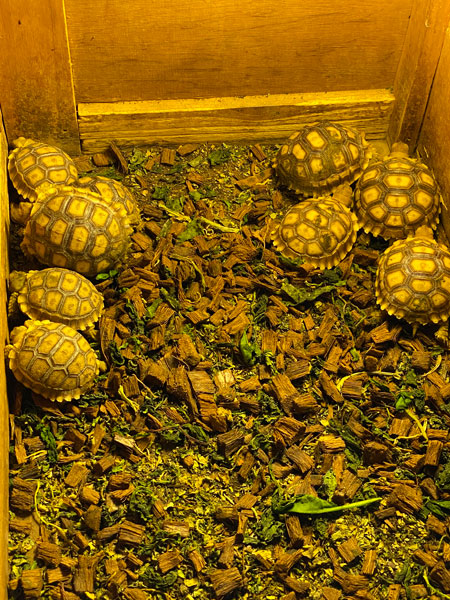
Caring for my diverse group of tortoises, which includes four different species, is a constant challenge. I make a conscious effort to keep the sexes apart, as I don’t want to deal with the responsibility of finding homes for their offspring. The winter months bring another set of challenges, as I need to bring most […]
An Enchanting Tale of Birdwatching and Mockingbirds
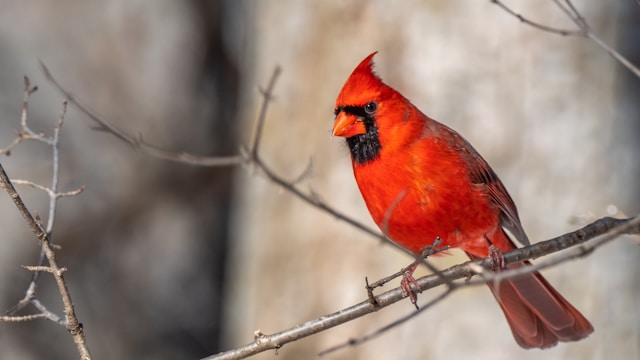
As I navigate the captivating landscape of the Sonoran Desert, always on the lookout for intriguing subjects for my Fun Fact videos, I am constantly amazed by the unique beauty of this environment. The other day, while enjoying a leisurely ride with my horse Poncho around the stables area (his preferred spot over the arena), […]
Spectacular Saguaros!
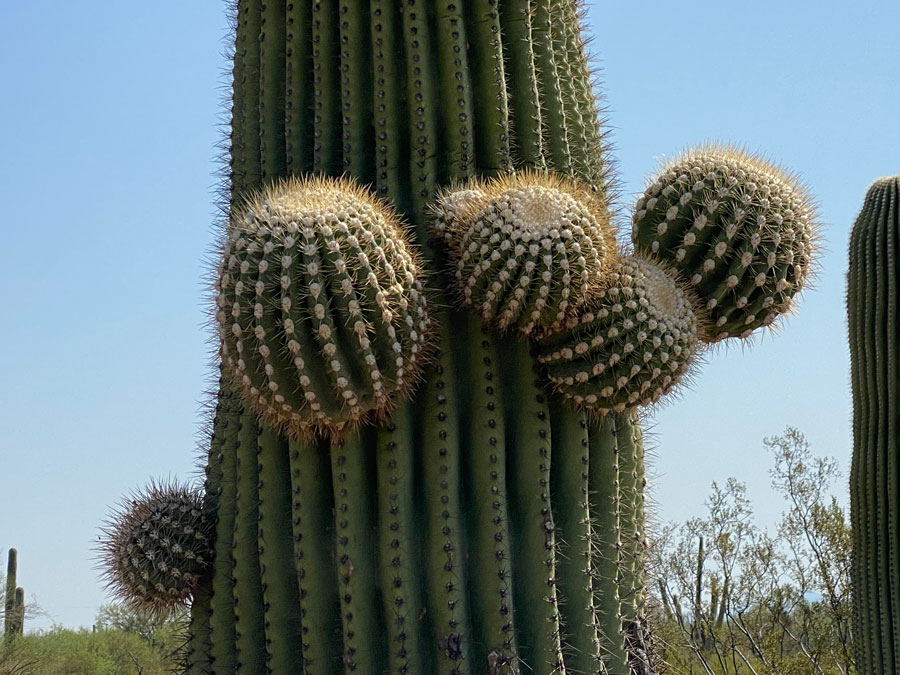
The saguaros, Carnegiea giganteus, are magnificent on the property where I board my horses. The owner has a cactus garden, a vibrant and diverse collection of desert flora, featuring many multi-armed saguaros. I love riding by and examining them. My horse lets me get so much higher for those closer looks. It’s truly fascinating how […]
My Desert Oasis
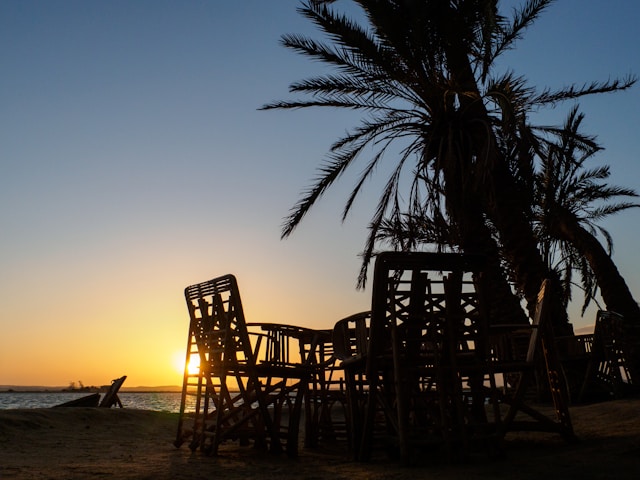
Living in the Sonoran Desert, I realize the importance of water. Many animals have adapted to getting the water they need from their food. However, an article suggested setting up a bird bath for the local avians. It suggested a shallow dish with a few rocks to show the birds how deep the water is. […]
The Hedgehogs of the Sonoran Desert
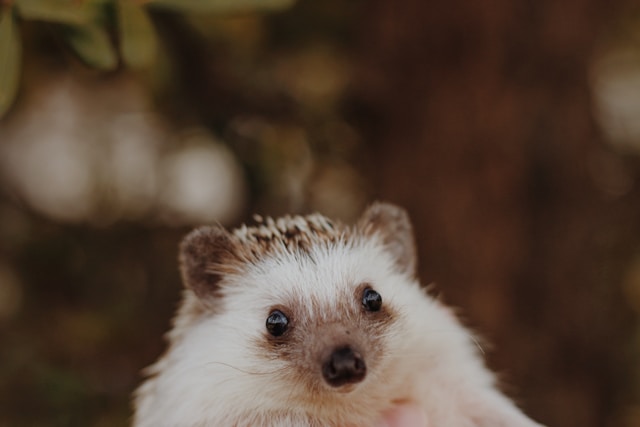
Before the dog days of 2023, the only mammal I wanted as a pet was a hedgehog. However, every time I got the urge to purchase a captive-bred hedgie, I’d remember that they were nocturnal. Sellers say you can interact with your hedgehog as they awake at dinnertime for some fun before bed. I prefer […]
Prey of the Hawk!
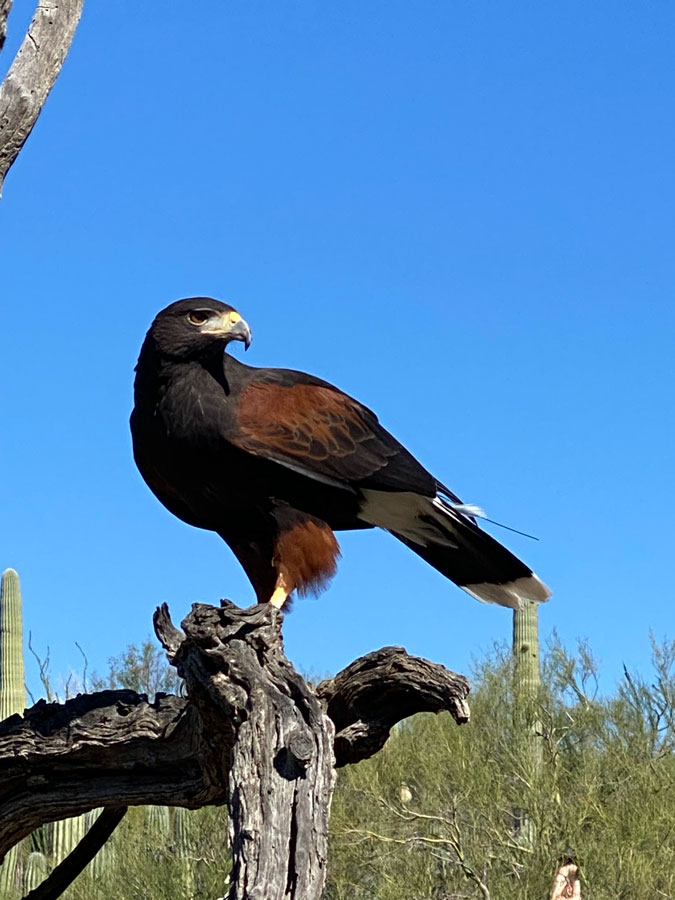
They hunt as a pack, led by the dominant female. Working together, they can subdue larger prey than an individual can, providing a feast for the entire family. However, pack isn’t the term used for a group of birds. But the flock doesn’t seem strong enough. All About Harris’s Hawks These effective hunters are Harris’s […]
An Old Fossil Publishes a Dinosaur Book!
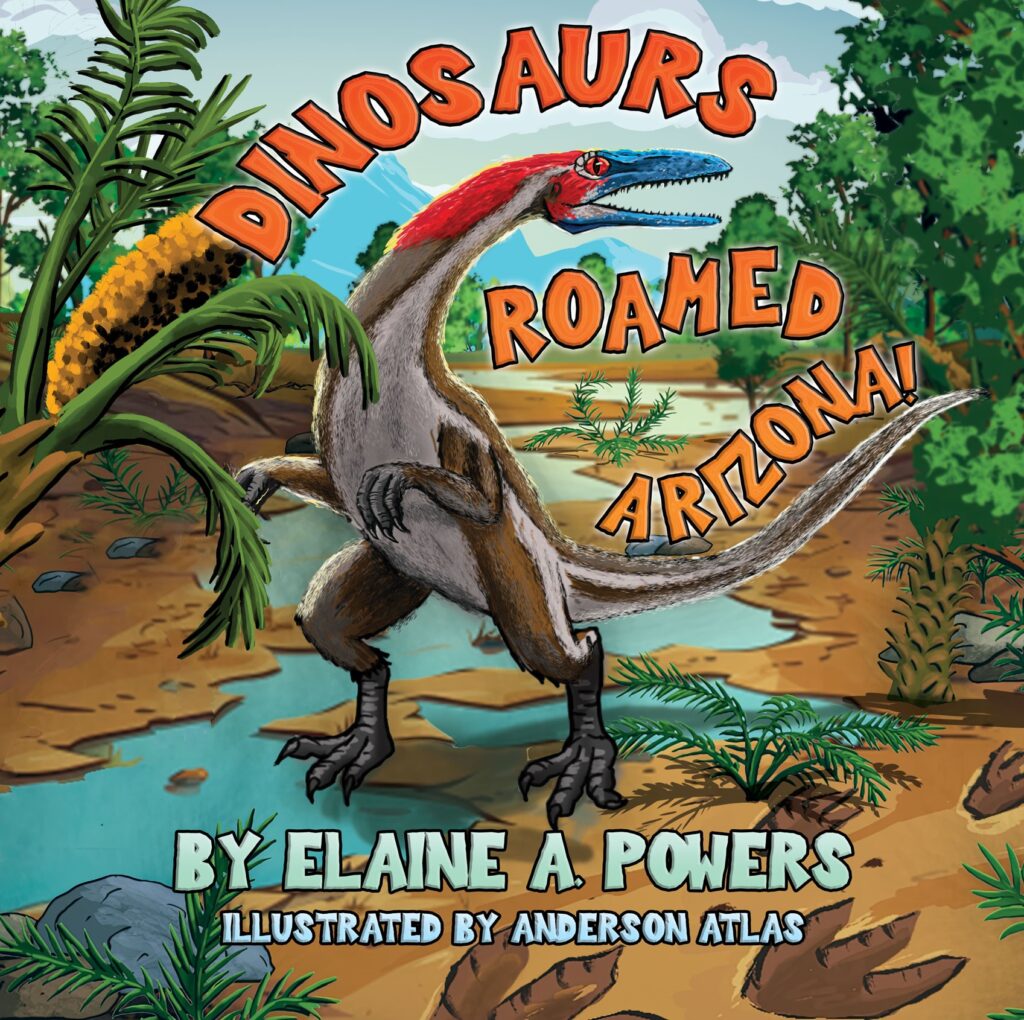
Every festival, I’m asked if I have any books about dinosaurs. Up until now, I’ve had to say no. However, if a topic is requested often enough, what is an author to do but write one? Sure, there are books about dinosaurs, but how about books about the dinosaurs found in Arizona? Once again, I […]
Choose Another Corner!
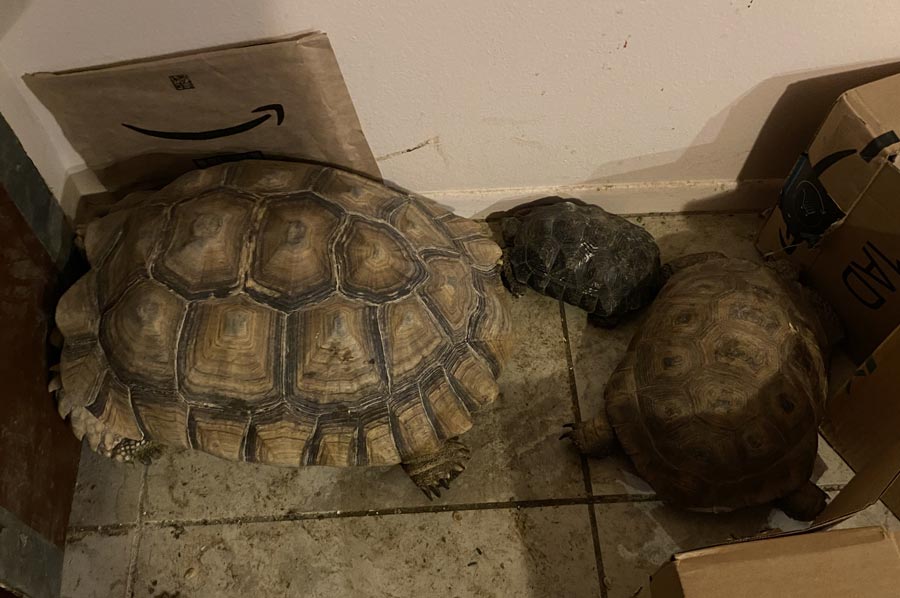
I live in a good-sized house. It has four bedrooms and two large living room areas with many corners. Having corners is very important to my family. This makes more sense when you know that most of my family members are reptiles: lizards, turtles, and tortoises. Free to Roam (and Fight) The tortoises are free-roaming. […]
Vampire…Tortoise?!
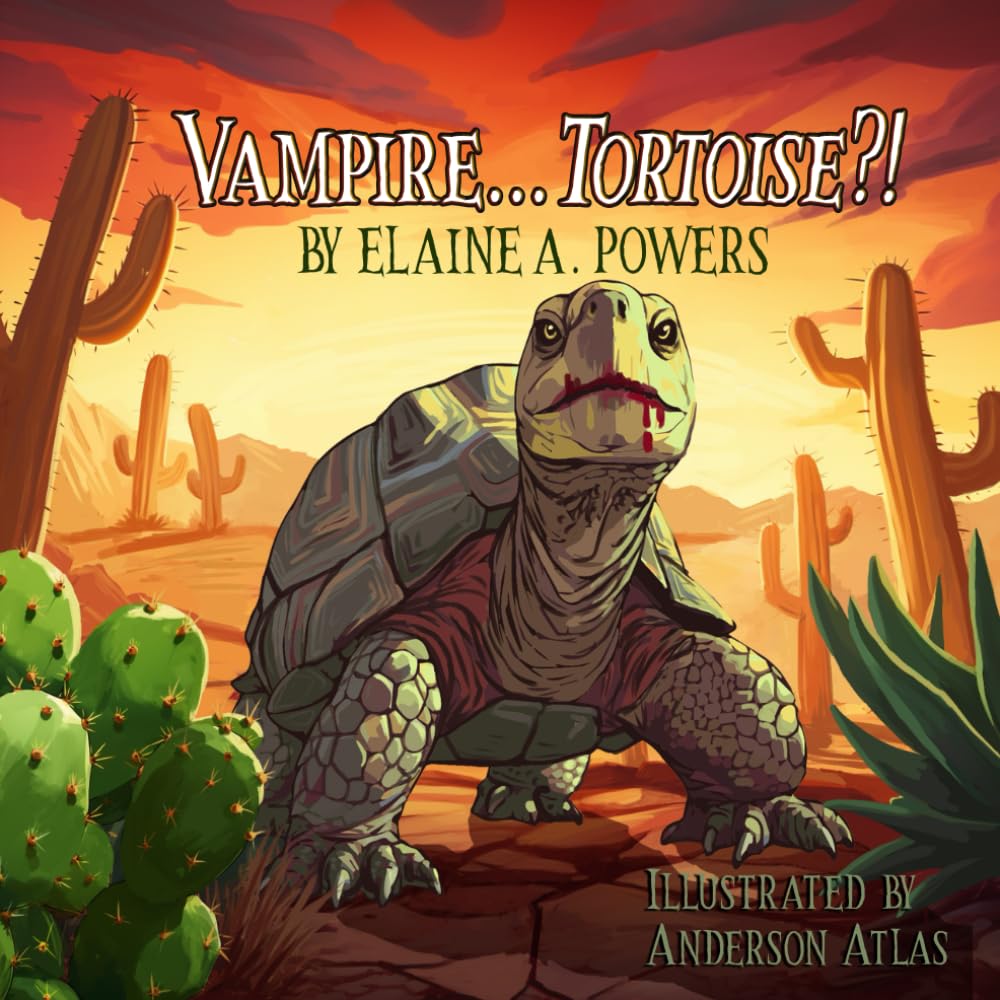
What do you think of when you hear or read the word ‘vampire’? Does your mind go to the human Count Dracula, or perhaps it’s to bats? Members of the Desmodontinae bat subfamily feed on the blood of other animals. Consuming blood is called hematophagy. But not just bats are vampires. There are the candiru […]
Fast Food: Roadrunner Edition
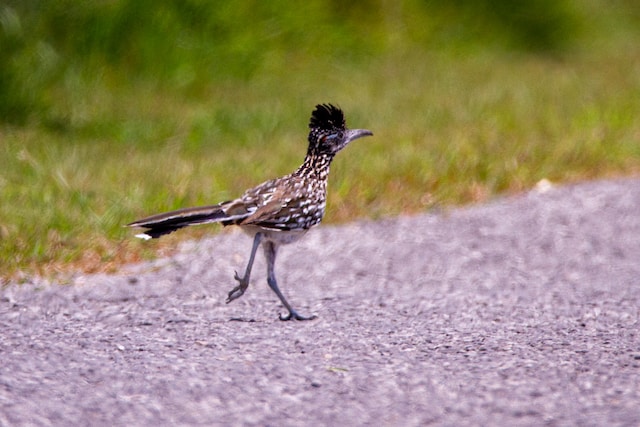
After writing a couple of books about reptiles (Don’t Call Me Turtle! and Don’t Make Me Rattle!), I wrote a book about roadrunners. I’m not sure why I was so inspired, except for their impact on the reptiles, as significant predators. I delight in the variety and numbers of lizards (and snakes) that have chosen […]
How to Make a Monsoon
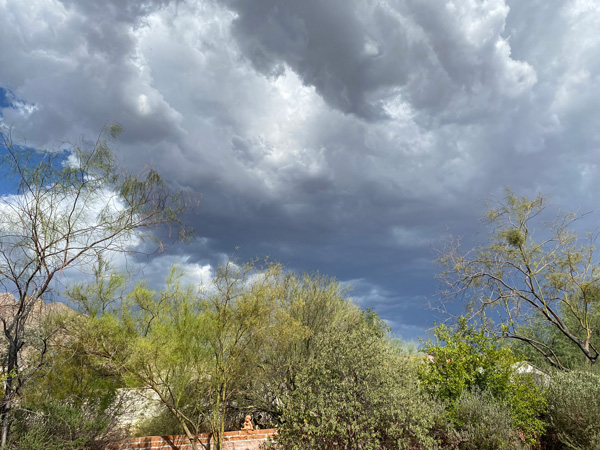
Here in the Sonoran Desert, changes in the weather occur before the monsoons arrive. Humidity and dew points increase. Replacing our comfortable dry heat – when sweat evaporates immediately. After all, in 100+ degree weather, the body needs to sweat. But sweat remained on my skin when I lived in the South, beading up and […]
Summer Fun with Curtis Curly-tail!
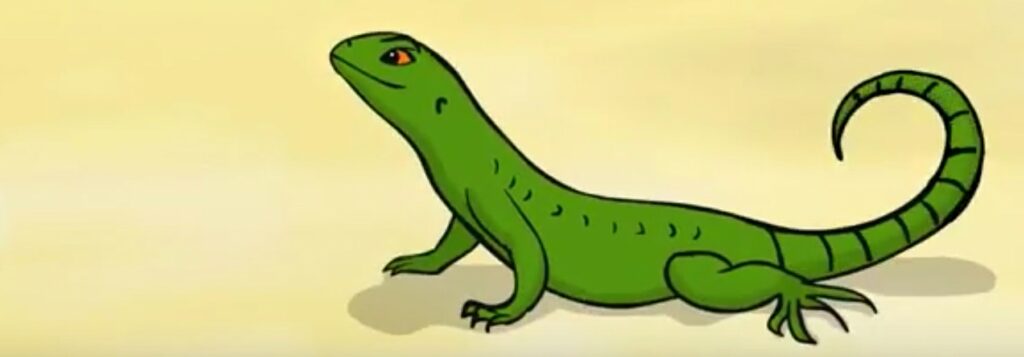
Hey, kids, it’s me Curtis Curly-tail! I know I haven’t blogged in a long time, but hopefully, you’ve been keeping up with my activities on my YouTube channel that I share with Elaine. Watching my videos is a great way to spend the hot middays when it’s too hot to be playing outside. But I […]
What is the Color of a Snake’s Tongue?
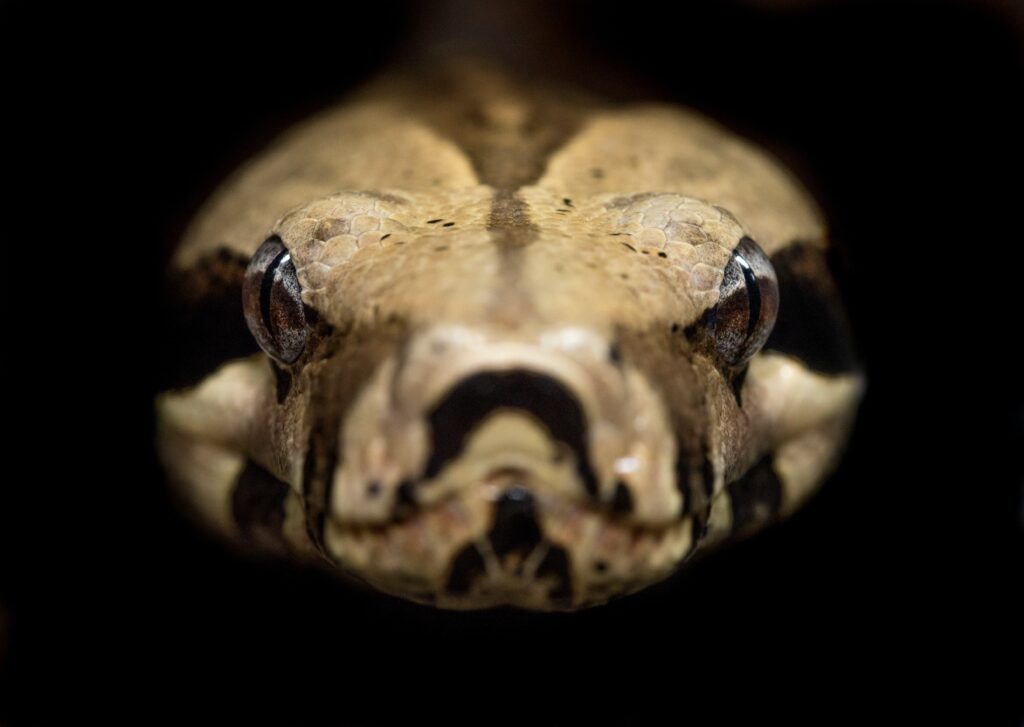
Have you ever thought about the color of a snake’s tongue? I hadn’t until recently when a snake flicked its tongue at me. Let me tell you how it happened. Relaxing by the Pool I have a net fence around my pool. It’s good to have a pool safely fenced off to prevent tragedies, such […]
Excuse Me, is This Chair Taken?
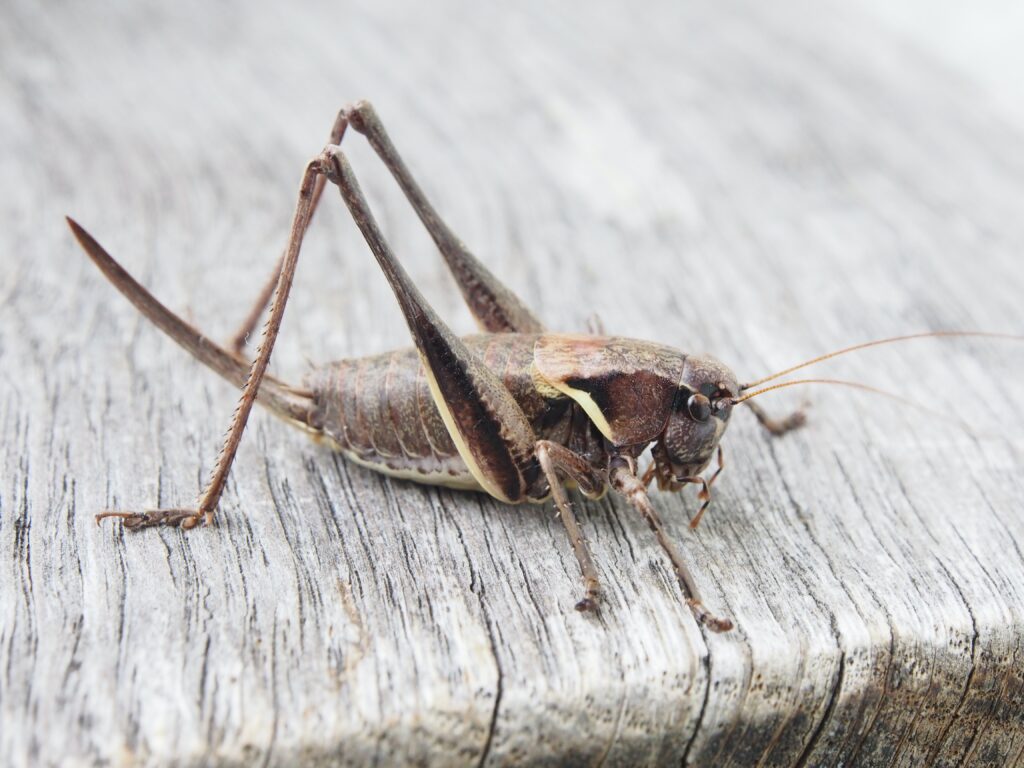
I was outside recently and went to sit down in a cushioned chair as I often do, but this morning, I found the chair occupied! You’ll never guess who took it. The surprisingly large insect, nearly 3 inches long, showed no interest in vacating the seat for me, so I thought we should get better […]
Yellow is the Color of Spring!
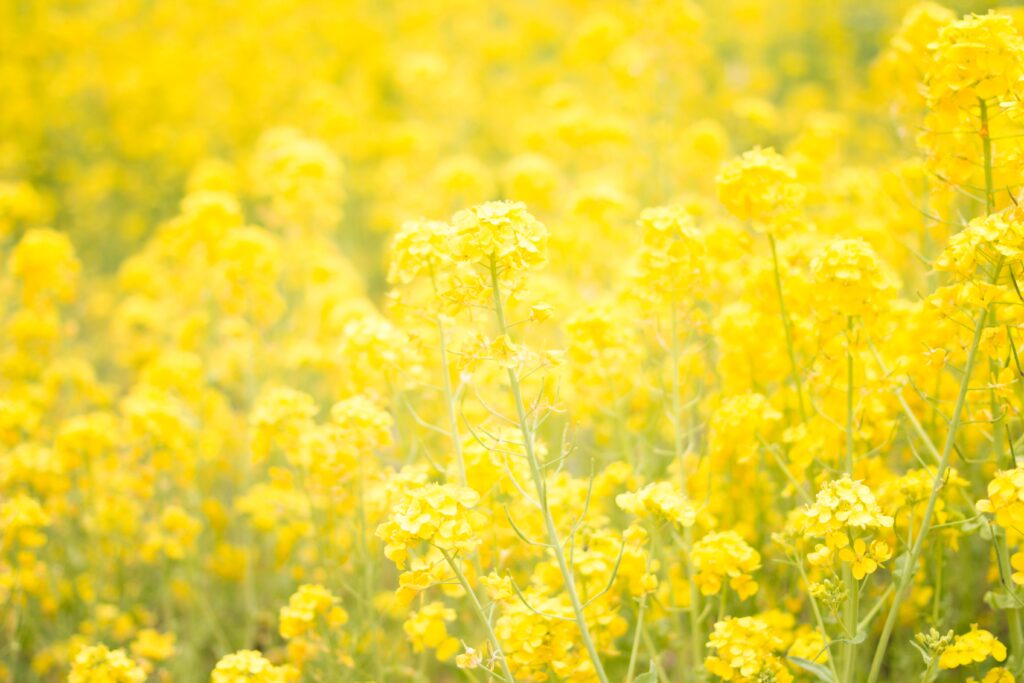
Growing up in Illinois, I knew the blooming of the forsythia bushes meant spring had arrived. The bright yellow flowers of the large bushes added a bright color to the gray of winter. This memory came to me as I enjoyed the yellow flowers of spring here in the Sonoran Desert. We had good winter […]
Love is in the… Cactus?

Ah, the heart! ❤️ The symbol of romantic love. An appropriate topic for February 14th is Valentine’s Day. It was in the fifteenth century that today’s typical heart symbol was developed. With the establishment of Valentine’s Day, the use of the symbol exploded. Its popularity reached the ultimate pinnacle when the ❤️ became a verb! […]
Hare, There, Everywhere!
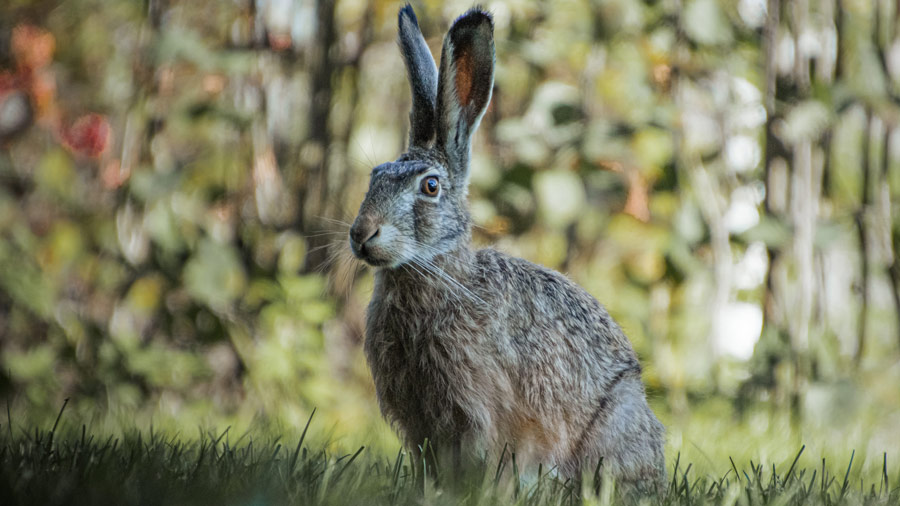
Hares! Here, there and everywhere. I seem to be finding hares everywhere. I live in the Sonoran Desert with the very large rabbits known as desert hares. The actual common name is Antelope Jackrabbit with the scientific name of Lepus alleni. I’ve tried many times to get a photo of a jackrabbit with its long, […]
My, What Big Leaves You Have!
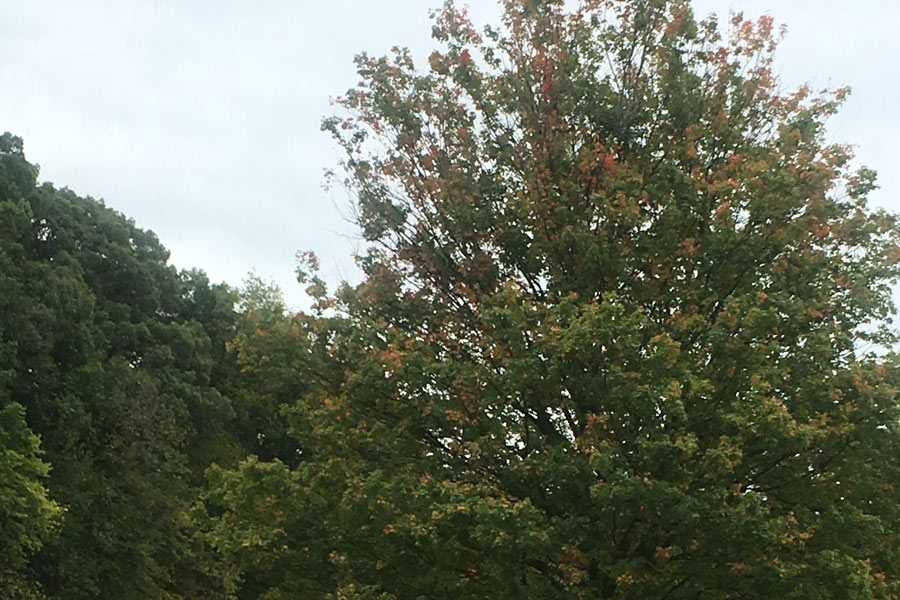
When I need an ocean fix, I head to the warm waters of the Gulf of Mexico. But when I need a green fix, I head back to my hometown of Peoria, IL. I call it my writing retreat because I sit on my cousin’s back porch, where my muse refreshes and my writing output […]
Jellyfish in the… Desert?
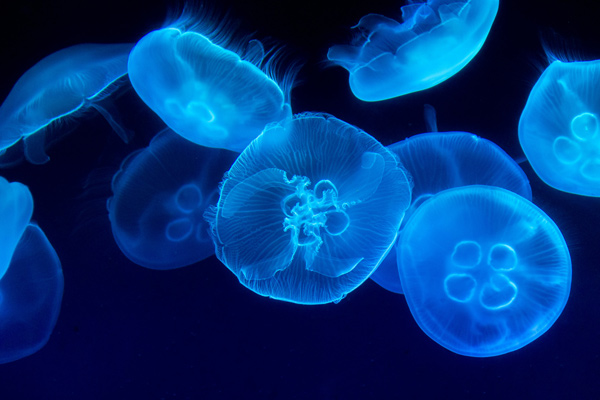
The tram operators of Sabino Canyon in Tucson, AZ are offering nighttime tours this summer. It’s part of an overall upgrade to the beautiful park located in the Santa Catalina Mountains and the Coronado National Forest. Along with upgrading to electric vehicles, the tour narration now comes with personal earbuds. This reduces the noise of […]
Not Just Another (Wall) Lizard
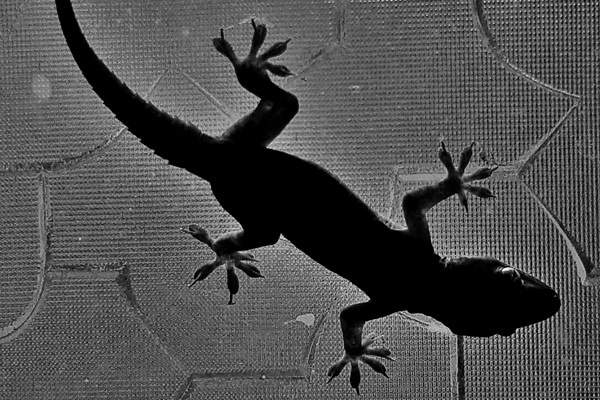
I like lizards – no surprise there. In fact, the majority of my family is made up of lizards. But my love for lizards doesn’t stop there. Along with my lizard family members, I decorate my world with decorative lizards. Let’s take a little tour of my abode and let me introduce you to all […]
Having Fun with Shadows!

Do you enjoy shadows as much as I do? As a child, I fondly remember making shadow puppets with my family, creating animals out of our hands. My shadows were always very simple and I admired people who could make more complex animal shadows. Little did I know that shadow puppetry is an ancient form […]
Celebrate Invasive Species Awareness Every Week!
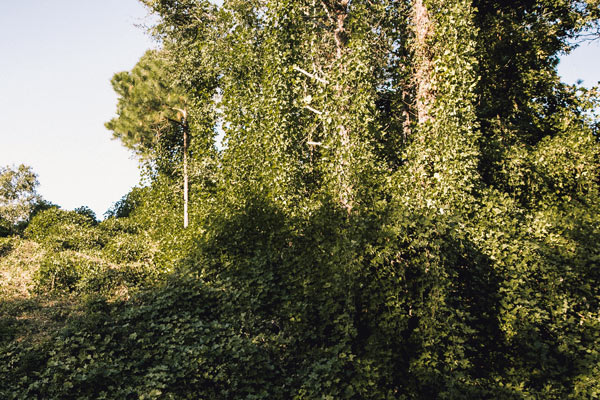
This year, National Invasive Species Awareness Week was from February 28th through March 3rd. It always begins on the last Monday of February. If you’re reading this outside of that particular week, it’s okay. The knowledge and prevention of invasive species are important enough to consider every week. Read on to learn more about why […]
Tomorrow is Earth Day!
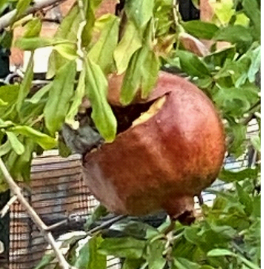
What are you doing tomorrow to celebrate Earth Day? April 22, 2021 is National Earth Day, which, as you probably know, is an annual event to support environmental protection. The goals are to educate people about protecting the world and to learn more about local and global environments. It is a day to realize that […]
Writing and Riding Fill My Days
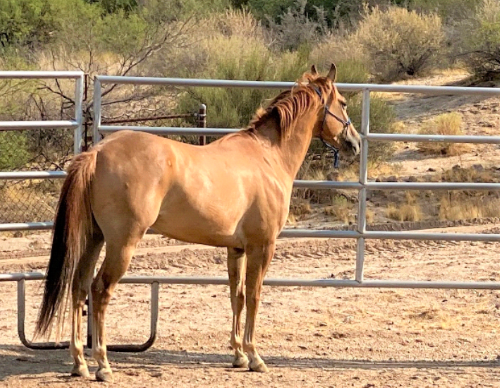
With the pandemic, I’ve been dividing my time mostly between two activities: riding and writing. I’m either at the stables with my two horses or at home writing, surrounded by my reptiles. It’s working out well since I’m getting fresh air and exercise with Button and Exuma, which stimulates my health and well-being for the […]
Desert vs. Island Temps by Curtis Curly-tail Lizard
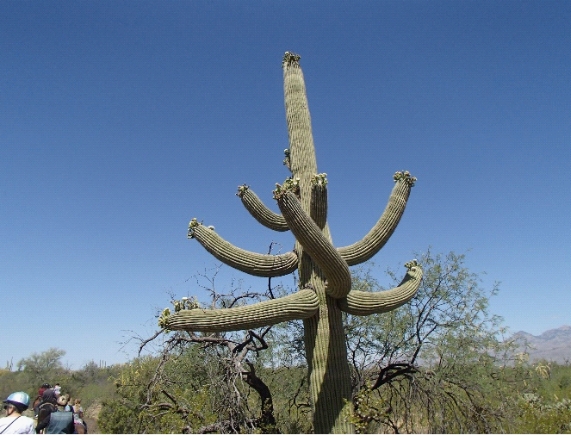
Since I’ve been staying in my den more, I’ve been tuning in to old TV shows. I enjoy the old Westerns set in the US Desert Southwest—maybe because that’s where my good friend and author, Elaine A. Powers, lives! The dry climate there is so different from my humid island weather. Where I live in […]